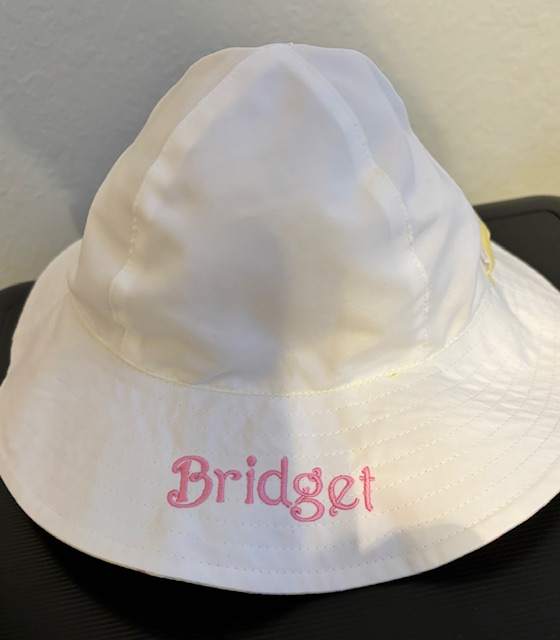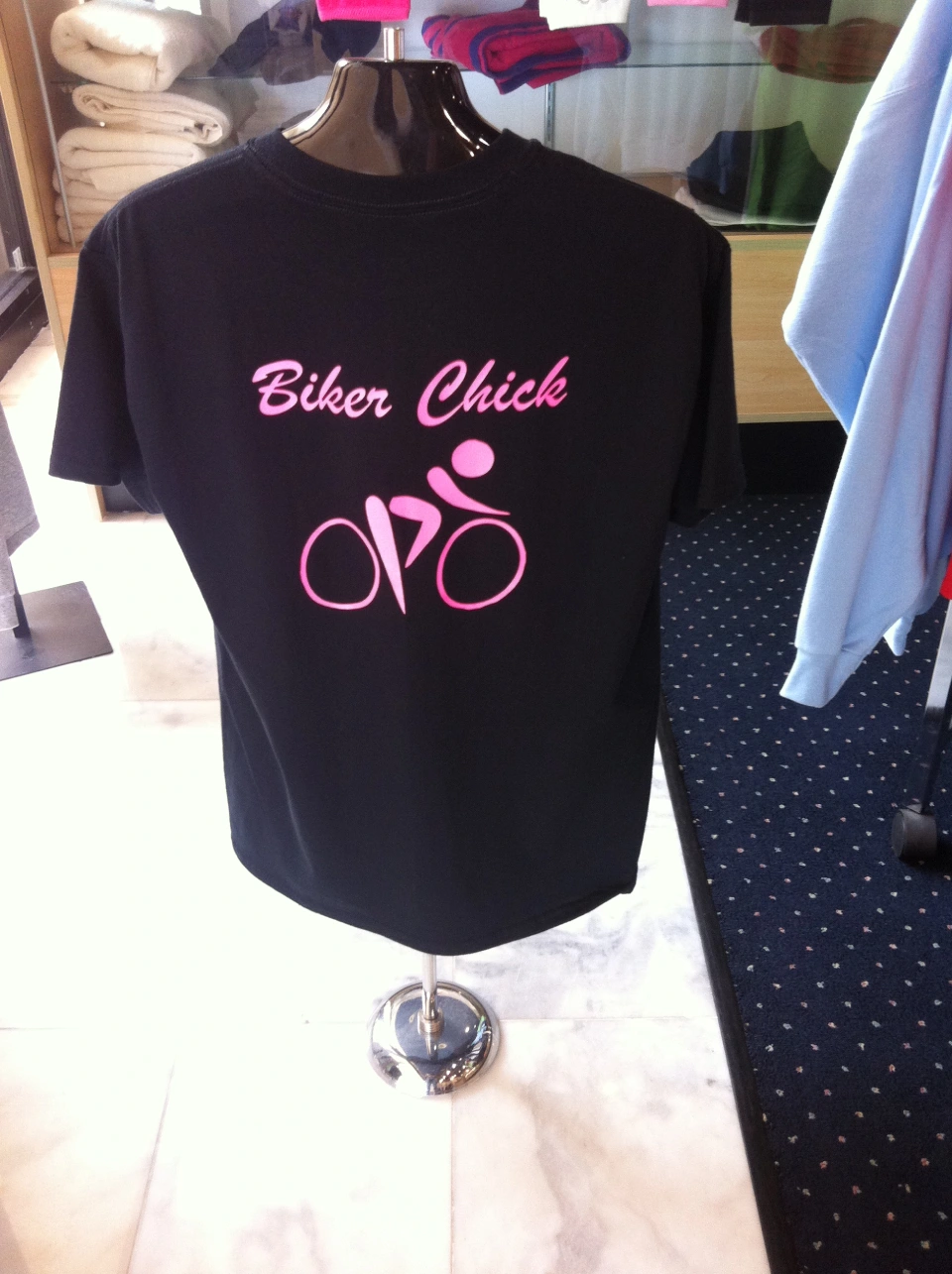The Art of Custom-made Embroidery: Opening the Secrets to Creating Unique and Unforgettable Designs
Needlework, a craft soaked in practice and virtuosity, holds within its complex stitches the power to transform material right into a canvas of special expression. The keys to developing custom embroidery layouts that mesmerize the eye and leave a lasting perception lie in a delicate equilibrium of technique, creative thinking, and attention to detail. As we explore the world of customized embroidery, we discover the nuanced interaction between string selection, sew intricacy, and style customization that boosts a simple garment to a job of art. Join us on a trip through the art of personalized needlework as we unravel the secrets behind crafting genuinely memorable and distinct creations.
Selecting the Right Embroidery Threads
When choosing embroidery strings, what vital factors should you take into consideration to make certain the finest results for your custom-made designs? The selection of embroidery string is important in establishing the final end result of your embroidered design.
In addition, the weight or thickness of the string plays a considerable duty in the look of the needlework. Thicker threads can include measurement and texture to your layout, while finer threads are perfect for intricate information and tiny text. In addition, considering the color fastness and washability of the string is essential to make certain that your customized designs maintain their top quality and vibrancy gradually. By thoroughly evaluating these factors and choosing top notch strings that fulfill your particular requirements, you can enhance the visual allure and long life of your embroidered productions.
Discovering Various Stitch Methods
To look into the world of 'Checking out Various Stitch Methods', one should realize the complexities and subtleties that each stitching technique offers the art of needlework. Different stitch strategies not just add visual passion but likewise add to the overall structure and measurement of the layout. One popular stitch method is the satin stitch, which involves very closely stuffed parallel stitches to produce a smooth and shiny surface, perfect for loading in shapes and creating vibrant describes.
On the other hand, the backstitch is a flexible strategy often utilized for laying out and adding fine details. It includes sewing backward to create a strong line of needlework. In addition, the French knot stitch adds a tactile aspect to styles, excellent for creating distinctive accents like flower facilities or decorative touches.
Exploring different stitch strategies allows embroiderers to have fun with light, darkness, and depth within their styles, boosting the visual charm and artistic high quality of their needlework tasks. By mastering numerous sewing methods, one can open countless possibilities for developing distinct and memorable customized embroidery items.
Incorporating Personalized Style Elements
Having actually discovered the complexities of different stitch strategies such as the satin stitch, backstitch, and French knot, the focus currently shifts towards integrating customized layout components in custom-made embroidery jobs. Individualized layout elements play a vital duty in making embroidery projects genuinely special and remarkable.
An additional method to integrate customized style Go Here components is by consisting of signs or motifs that hold unique significance to the recipient or reflect their rate of interests and character. For instance, including a preferred flower, animal, or hobby-related sign can make the embroidery design much more meaningful and personalized. In addition, picking colors that reverberate with the recipient or align with the desired style can additionally enhance the customization of the needlework job.
Understanding the Art of Shade Coordination

One key aspect of color coordination is recognizing shade theory. This consists of understanding exactly how various shades engage with each various other, the emotions they communicate, and just how they can be incorporated to develop visually appealing styles. By applying color theory concepts, embroiderers can develop harmonious shade combinations that boost the general look of the layout.
In addition, paying attention to contrast is crucial in shade coordination. Making use of contrasting shades can assist particular elements of the design pop, boost readability, and produce an aesthetically dynamic embroidery piece. By grasping the art of color sychronisation, embroiderers can boost their designs and develop remarkable items that reverberate with clients and visitors alike.
Enhancing Structure With Advanced Embroidery Stitches

French knots, as an example, are best for adding little, increased dots to your layout, imitating the look of beads or creating a textured surface. Bullion knots, on the other hand, can be used to produce twisted, ropelike components that include Click This Link a lavish feel to the embroidery. Seed sewing involves tiny, scattered stitches that can load in locations with a speckled texture, while turkey job creates cosy, dimensional accents evocative pet hair or vegetation. Trying out these advanced needlework stitches permits you to push the borders of conventional embroidery and develop truly one-of-a-kind and visually enticing structures in your designs.
Verdict
To conclude, the art of custom embroidery involves a mix of picking the appropriate threads, discovering various stitch techniques, including customized design aspects, mastering color coordination, and improving texture with innovative stitches. By understanding and carrying out these vital aspects, embroiderers can create unique and remarkable layouts that display their creative thinking and ability. Embroidery fanatics can unlock the tricks to creating gorgeous and custom pieces that stand apart and leave a long-term impact.